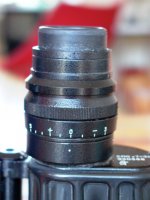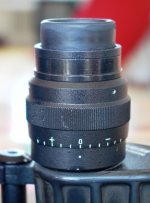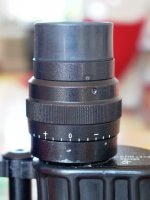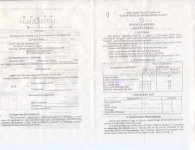Have to get the right version, the Soviet era design had screw down eye cups that could be extended over a centimeter, but when retracted worked very well with glasses.
The post Soviet production was much lower cost, so a tall rubber fold down eye cup was substituted instead. I've seen claims the optics were not changed, but worry that cost cutting is unlikely to stop with the eye cups.
Thanks for reply. I wonder about these:
http://kalinkaoptics.com/binoculars-monoculars/bpoc-7x30-military-officer-binoculars.html









